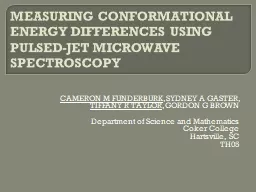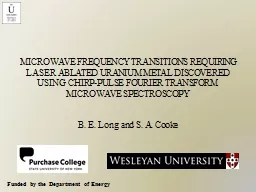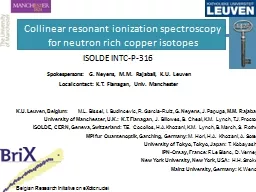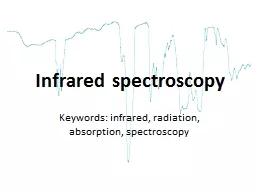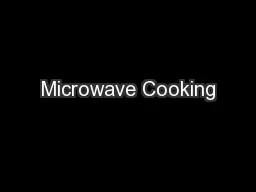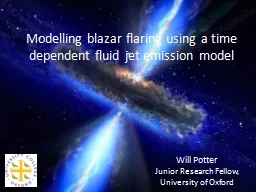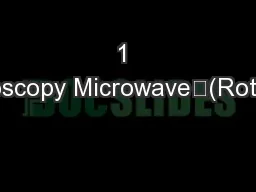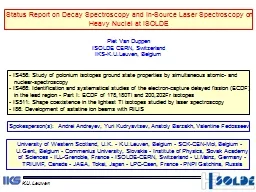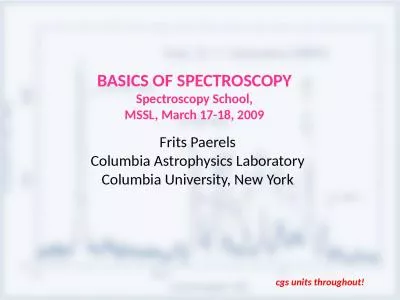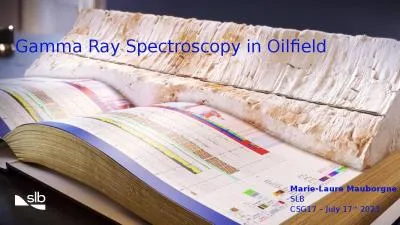PPT-MEASURING CONFORMATIONAL ENERGY DIFFERENCES USING PULSED-JET MICROWAVE SPECTROSCOPY
Author : danika-pritchard | Published Date : 2018-01-31
CAMERON M FUNDERBURK SYDNEY A GASTER TIFFANY R TAYLOR GORDON G BROWN Department of Science and Mathematics Coker College Hartsville SC TH05 Spectroscopists Microwave
Presentation Embed Code
Download Presentation
Download Presentation The PPT/PDF document "MEASURING CONFORMATIONAL ENERGY DIFFEREN..." is the property of its rightful owner. Permission is granted to download and print the materials on this website for personal, non-commercial use only, and to display it on your personal computer provided you do not modify the materials and that you retain all copyright notices contained in the materials. By downloading content from our website, you accept the terms of this agreement.
MEASURING CONFORMATIONAL ENERGY DIFFERENCES USING PULSED-JET MICROWAVE SPECTROSCOPY: Transcript
Download Rules Of Document
"MEASURING CONFORMATIONAL ENERGY DIFFERENCES USING PULSED-JET MICROWAVE SPECTROSCOPY"The content belongs to its owner. You may download and print it for personal use, without modification, and keep all copyright notices. By downloading, you agree to these terms.
Related Documents

